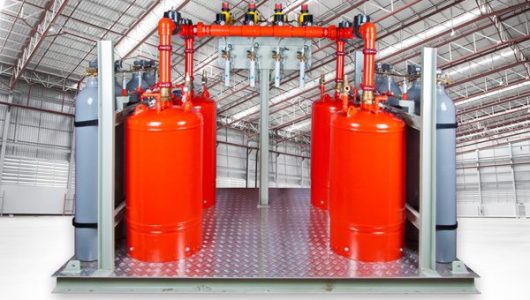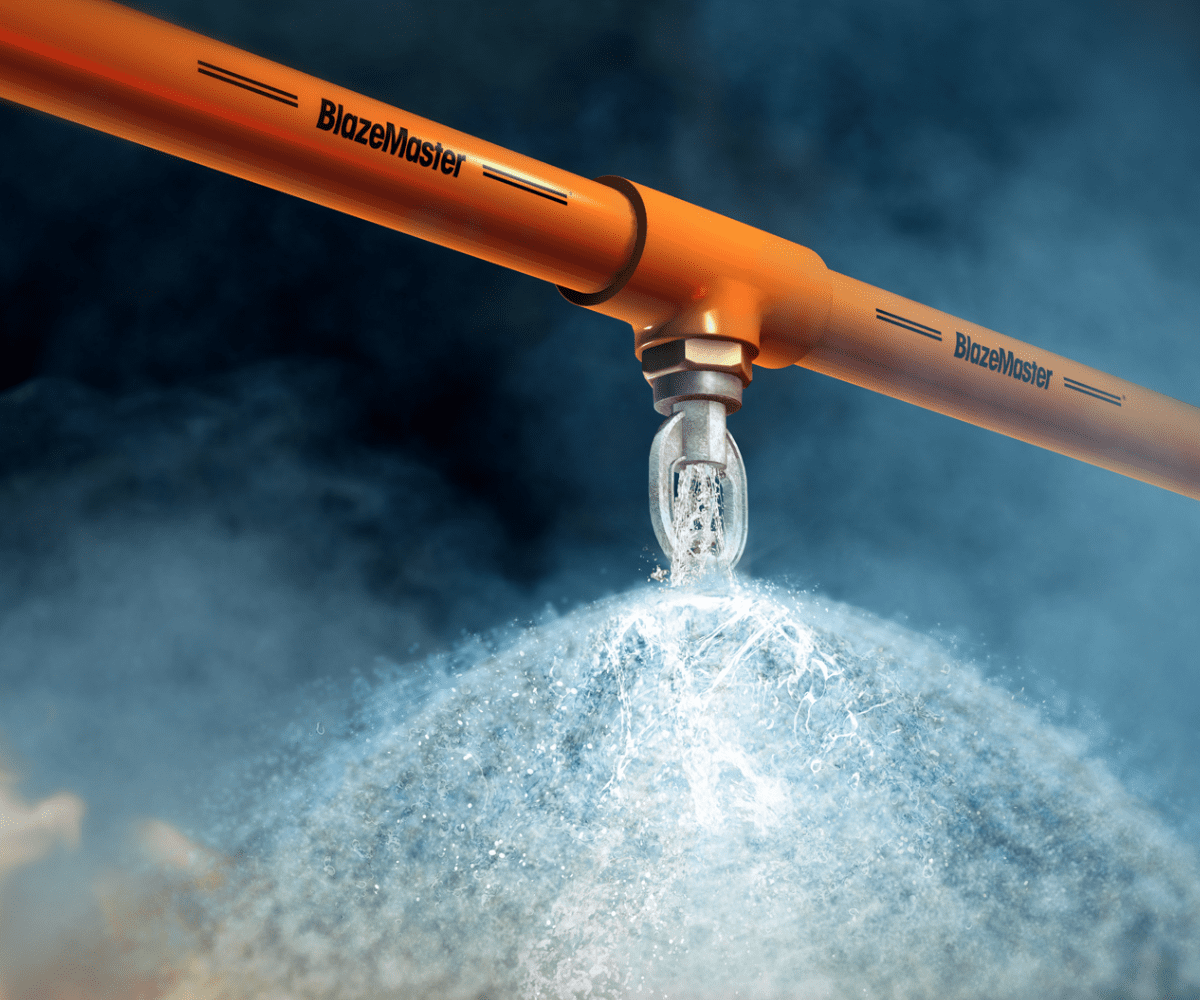Installation & Maintenance of Fire Suppression Systems
We design, install, and maintain automatic fire suppression systems such as water sprinklers, gas suppression, and foam-based fire control solutions. These systems are tailored to different environments, including offices, warehouses, and factories, ensuring fast and effective fire containment to protect lives, assets, and property.

- Automatic Suppression System,
- Pressurized Gas (Inert, CO₂) Suppression System
- Chemical Foam Suppression Systems
- Foam Deluge Systems
- Dry chemical Fire Suppression Systems
- Water-Based Fire Suppression Systems
How We Do it?
A fire suppression system will have built-in components to detect fires as early as possible. These components will first identify the presence of flames and smoke. The suppression system will then initiate an alarm, so the blaze can be subdued before it has the chance to spread. A fire suppression system can be considered an ‘active’ fire protection method because the system is triggered in response to the presence of fire. As will be explored further in this article, a fire suppression system also contains a range of components that ‘actively’ work to extinguish flames and smoke.
Site Inspection & Design
Installation & Testing
Ongoing Maintenance
Fire suppression systems should be installed in buildings where a sprinkler system may not be the most effective method of fire protection. These can include rooms that contain a large amount of electrical equipment, irreplaceable assets or perishable items that could be susceptible to water damage.
Although there are no legal installation requirements for fire suppression systems, property owners, be they commercial or residential, are responsible for arranging experts to conduct fire risk assessments. This assessment, whether conducted internally or externally, may reveal the need for a fire suppression system.
When identifying the best option for your specific needs, it’s advisable to know how both active and passive fire protection systems work in tandem to extinguish flames. This is vital for risk management, reducing the risk of structural damage as well as safeguarding a building’s occupants.

